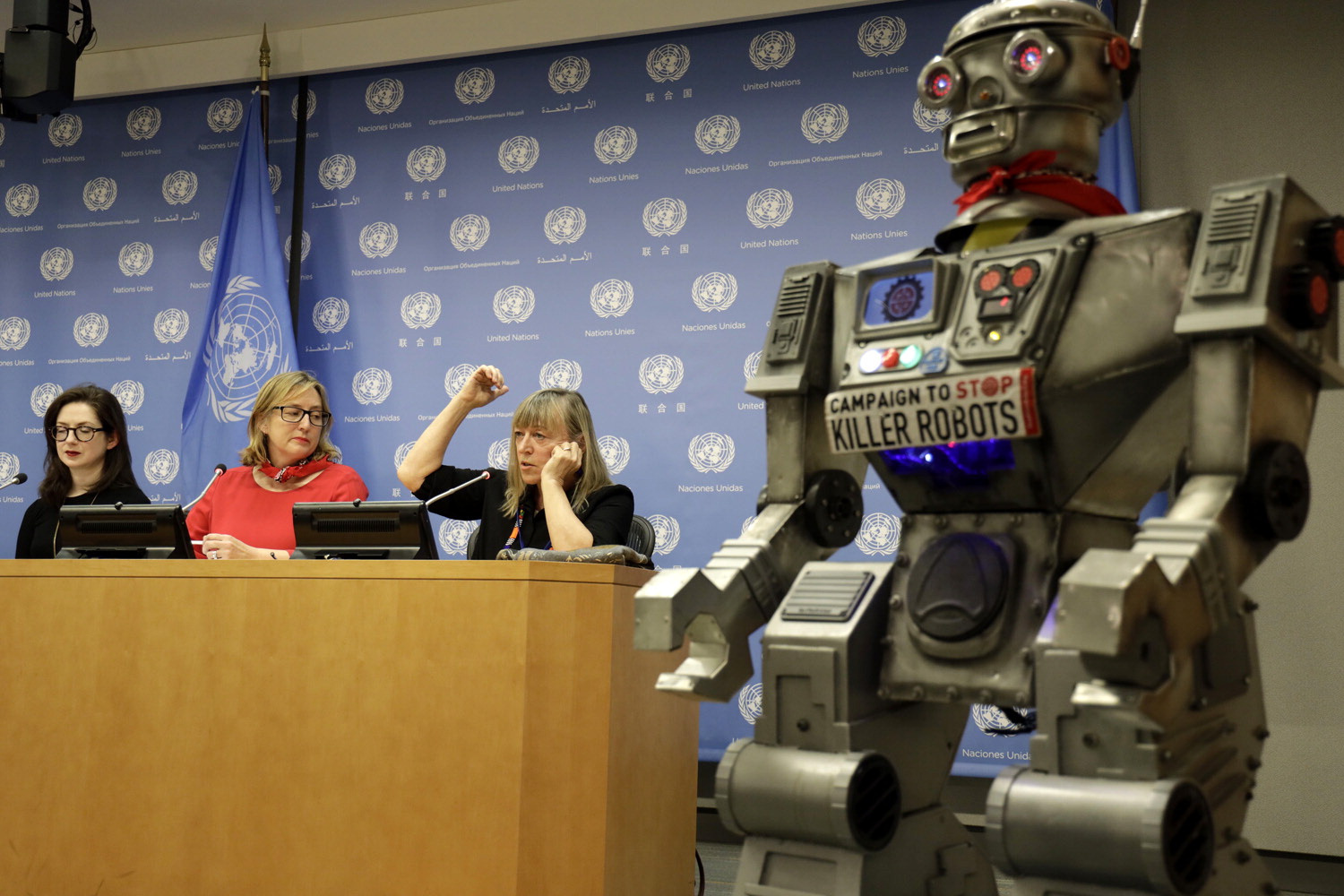Los sistemas autónomos de empleo militar se han convertido en una prioridad de I&D y para su despliegue operacional en los países más avanzados. Sin embargo, existe la preocupación acerca de si las armas autónomas podrán ser debidamente controladas. En este trabajo, se explora la manera en que estas tecnologías disruptivas, desafían el estricto cumplimiento de normas internacionales establecidas.
Autonomy has become a priority for military R&D,1 and includes physical systems, such as unmanned aerial, undersea and surface vehicles,2 and digital systems, such as cyber defences. These systems can replace humans and have the potential to minimise casualties, allow operations in hostile environments and sustain missions over longer time periods than people could physically endure. They also allow decisions to be made at increasingly high speeds that outpace unaided human capabilities.
These systems include autonomous weapon systems that the International Committee of the Red Cross (ICRC) defines as: ‘Any weapon system with autonomy in its critical functions. That is, a weapon system that can select (i.e. search for or detect, identify, track, select) and attack (i.e. use force against, neutralize, damage or destroy) targets without human intervention’.3 Concerns have been raised that autonomous weapon systems might not be safely controlled.4 In 2012, the Campaign to Stop Killer Robots was set up as a coalition of NGOs to ban autonomous weapon systems.5 In 2014, the UN Convention on Certain Conventional Weapons (CCW) held its first Meeting of Experts on autonomous weapon systems that met again in subsequent years, followed by a Meeting of the Group of Governmental Experts.6
This article contributes to these debates by summarising future challenges to current governance norms. The first section introduces autonomy in terms of how machine decision-
making could replace human decision-making in weapon systems. The second section discusses how facilitating compliance with international humanitarian law (IHL) (and other legal rules) is a fundamental norm governing autonomous weapon systems. The limitations of current capabilities mean that human oversight must be maintained to facilitate compliance, and the third section explains key factors that determine the acceptability of different types of human oversight. If current capabilities could be improved to support future systems that facilitate compliance but with lower levels of human involvement, novel assurance and accountability challenges would need to be tackled, as discussed in the fourth and fifth sections, respectively. The article then considers, in the sixth section, how procurement and regulatory approaches would also need to be adapted, and, in the seventh section, how fundamental governance norms could be challenged by the strategic advantage provided by these future systems. The final section summarises the article’s conclusions.
A press conference on the Campaign to Stop Killer Robots, at the UN Headquarters in New York, October 2019.
Fuente: https://www.tandfonline.com


